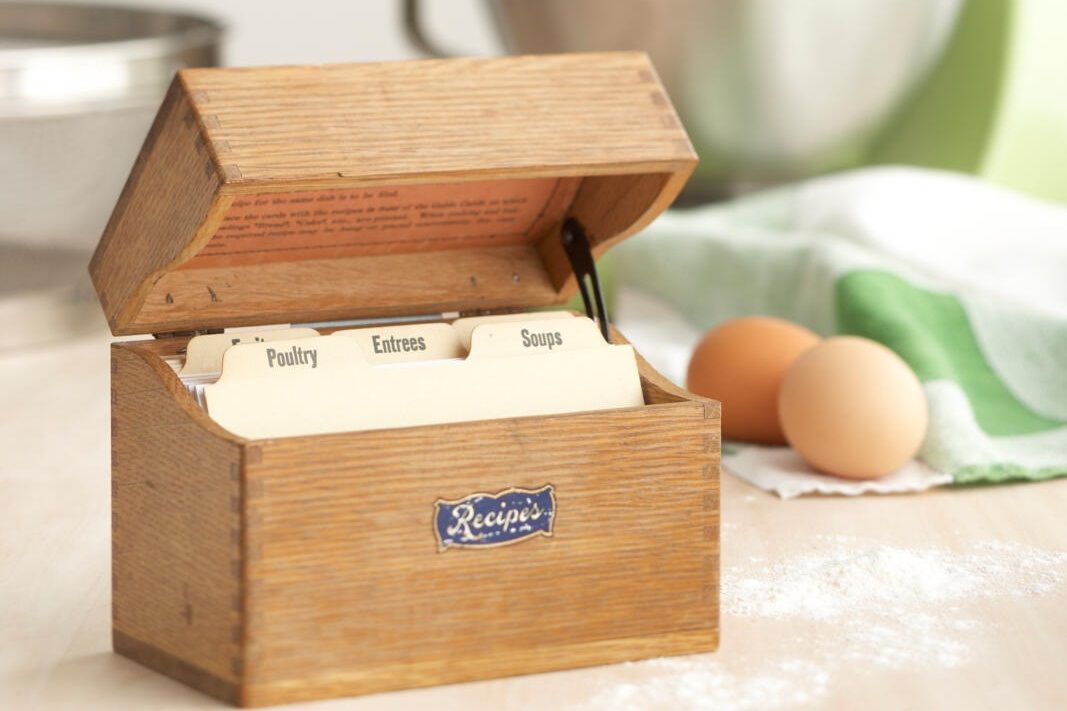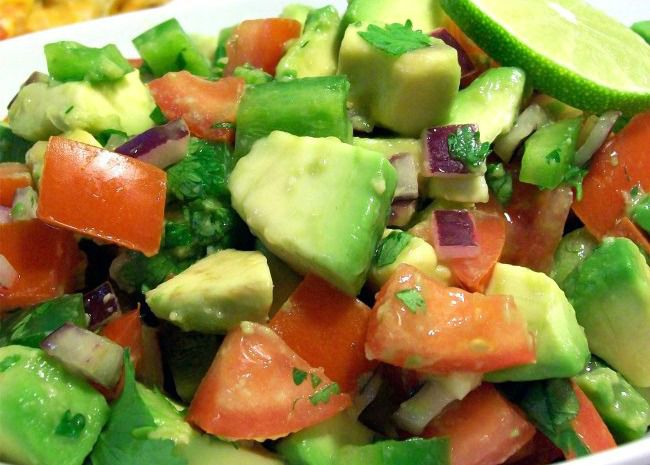So you decided to branch out at the grocery store and impulsively grab a spaghetti squash on your way to checkout. Maybe it was in an effort to kickstart ‘new year, new me’ goals, or maybe because you just felt like cooking something different.
Either way, a week later, here you are, staring at an ungodly large yellow vegetable on your kitchen counter feeling very unsure about how to proceed because, 1. You’re not fully confident about the best way to cook the squash, and you keep telling yourself, “Tomorrow, tomorrow will be the day.” And, 2. You’re seriously doubting how in the world it’s supposed to resemble your favorite angel-hair pasta. Don’t worry—I’ve been there. More times than I’d like to admit.
Regardless of where you are on this journey, I’m here to help you get one step closer to feeling confident in cooking the best spaghetti squash possible. With that being said, I’m no Ina Garten (unfortunately), so you’ll have to look elsewhere for full recipes (there are many here!). I’m just here to show you how to get the longest and most tender spaghetti squash strands—a very important job if you ask me.
How to Get Long Spaghetti Squash Strands
As you might’ve gathered by now, I believe this is one of many underrated vegetables—as long as it’s cooked right, that is. It’s fun, it’s nutrient-dense, and it’s generally a great carb-conscious alternative to pasta.
However, the key to getting your spaghetti squash to resemble real spaghetti is to get super long, thin, and slightly crunchy (or al dente) strands, if you will. You don’t want your spaghetti squash to taste undercooked, but you also want it to be able to hold its shape, so you can twirl it with a fork and spoon, just like you do at your favorite Italian restaurant.
Because it wouldn’t be a good spaghetti alternative if it didn’t resemble long noodles, I tested two different cooking methods to see which produced the longest strands. I cooked two squashes—one cut crosswise into thick rings and one cut in half–at the same temperature for about the same amount of time, then compared the strand lengths from each squash.
Which Cutting Technique Produced The Longest Strands?
After cooking two spaghetti squashes, one cut crosswise into rings and one cut in half, it was clear to me that rings absolutely produce longer strands. This is because the squash strands naturally grow circularly, rather than lengthwise from the top of the squash to the bottom (who would’ve guessed?). This means that if you cut the squash in half lengthwise, you’re naturally cutting the strands by half as well.

By cutting the squash into thick rings, you’re allowing the long spaghetti-like strands to stay intact. I will note that it requires a bit more prep since you have to slice the rings and then season each with olive oil, salt, and pepper. However, this method did require less cooking time, and looked most like spaghetti. Here’s how to do it:
How to Cut into Rings for Long Strands
- Preheat the oven to 425ºF and line a rimmed baking sheet with parchment paper.
- Cut off the stem end and top from the squash, then cut the squash crosswise into thick 1-inch rings. Scoop out the seeds, then place the rings on the prepared baking sheet.
- Once cool enough to handle, carefully use a fork to scrape out the squash, breaking up strands as you go.




